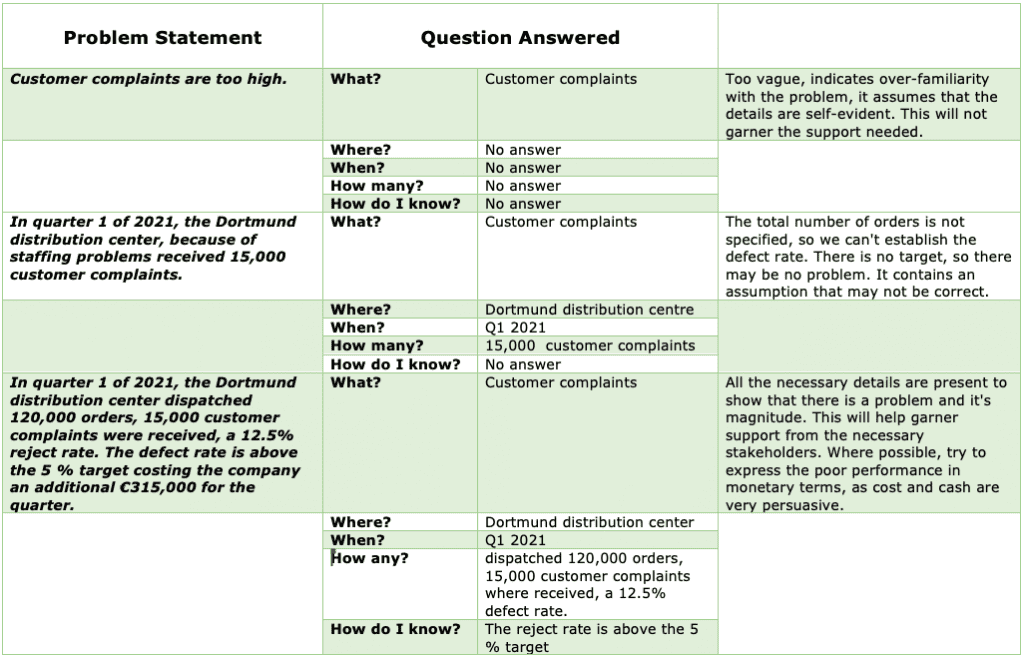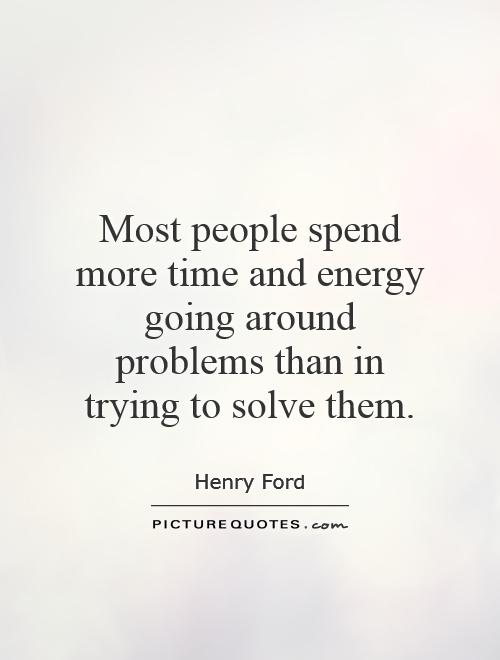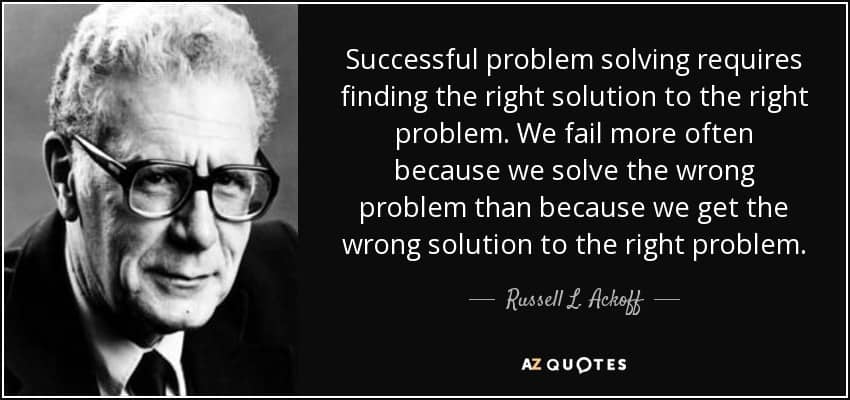What Makes a Good Problem Statement?
To answer this question, we must first understand why it’s important. Human experience, learning and wisdom have provided us with an understanding of why it is essential.
In reality, we can be slow to recognize problems, this can be due to a number of factors:
- Speed rather than quality: This can result in excessive rework and scrap when we don’t design our work with “Right First Time” in mind.
- Effort rather than productivity: Where we have a lot of activity but not the best possible cost per unit.
- We are also sometimes so close to the problem that we can’t see it. It is in fact our actions and deeds which contribute to the problems and propagate them. If we don’t take the time to stand back and observe, we may never be aware of the problems we cause.
While it’s true that many of our problems are due to poor communication, we often blame our problems on people and therefore don’t focus on the process. When we focus on the process we will need to work together and perform as a team to improve that process. To do so effectively we need consensus on what the problem is, in other words, we will need a good problem statement.
The problem statement must be constructed and composed by the team who are tasked to work on the problem. When doing this there are a number of pitfalls that must be considered:
- Informing a team, we are bringing together different perspectives and paradigms. Each of the team members may have their own view as to what the problem is, based on their training, familiarity and beliefs. If this goes unchecked, we will in fact be trying to solve different problems rather than one.
- Whether it’s culture-driven or ego-driven, as people when we’re asked to solve a problem we are quick to provide solutions. This may be a product of our education system where we are predominantly asked to provide the answer not trained to analyze situations to understand the problem that needs to be addressed.
- Amongst the first activities of a problem-solving team should be to take time to observe, discuss and describe the problem providing context and using data. Many teams do not take the time to formulate the problem to a level acceptable to all the members. Hence, they do not generate team synergy and leverage the talent of the people.
The benefits associated with defining the problem correctly have been reiterated by many key thinkers and business leaders, yet it’s not something that is effectively and universally practiced. If and when we pause as a team to compose a problem statement that will guide our problem resolution, two questions are appropriate:
How long should we take?
There is no simple answer as this phase is finished only when we have the right result. “A concise description of the issue that needs to be addressed by the problem-solving team”. In addition, it should have some key characteristics:
- It should not be so simple that it lacks adequate detail to garner support from the stakeholders required to address the problem.
- It should not contain any reference to the potential root causes, guesses and intuition are not an effective repeatable way of resolving problems.
Is there a method that we can use that delivers consistent results?
All problem solving is based on questioning, selecting the right question to ask is a critical skill and the place to start practicing that is the problem statement. To compose a comprehensive problem statement the team will need repetitive methods they can practice and perfect.
A good problem statement can be composed by editorialising the answers to the following questions.
What?: This is the metric or attribute of the process that is experiencing variation.
Where? This can refer to a specific process department, a geographic location, or a physical location.
When?: This can be a specific triggering event or the time period for which the problem is being viewed.
How many?: This represents the current extent of the problem, it can be expressed as a quantitive count or percentage, it needs to show the variation in the metric identified by the question “What?”. Data should always be used when answering this question.
How do I know?: This represents the target condition, the level of performance that was expected or is acceptable under current operating conditions, again data must be used here.
For the best results, each question should be asked separately and answered following discussion and agreement. The answer can be a sentence, clause, phrase, or a single word. When compiling the problem statement the sequence of the answers can be varied to craft the best overall statement. It should pique the interest by presenting the potential gains, the goal is to garner the support of the essential stakeholders required to resource the team.
Our objective in problem-solving is to find the right solution to the right problem, to increase the likelihood of achieving this it is essential that we correctly define that problem. Our time and resources are scarce so taking the time to ensure that we are properly focused on the right problem is vital. This will enable us to be effective in our data collection, our cause identification and the targeting of our countermeasures. Time spent getting the problem statement correct has a profound benefit to the organization enabling them to do more quicker with the resources they have.
To understand the power of the problem statement let’s consider the examples below which demonstrate both strong and weak problem statements and the relative differences.







